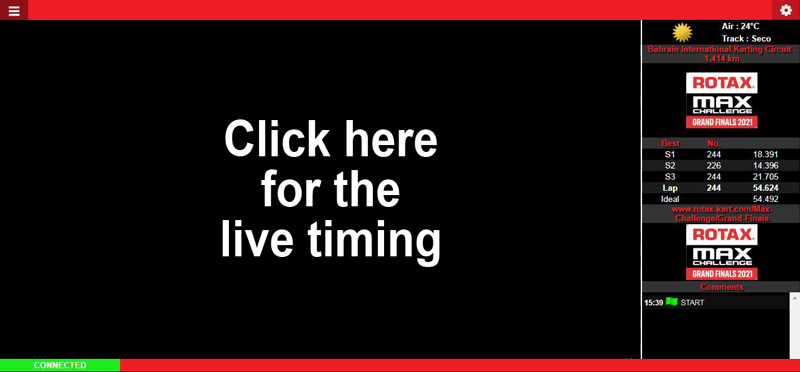The Significance of Live Timing in Today’s Sports and Events

Introduction
As technology continues to evolve, live timing has emerged as an integral component of sports and events, delivering real-time information to audiences worldwide. The significance of live timing is paramount, as it not only enhances the viewer experience but also ensures accuracy and fairness in competition. In an era where fans demand instant updates and immersive experiences, understanding the role of live timing can help stakeholders adapt to changing expectations.
Live Timing in Sports
Live timing systems are utilized across various sports, ranging from athletics to motorsports. These systems provide accurate updates on scores, times, and rankings, allowing fans and participants to stay informed. For instance, during the Tokyo 2020 Olympics, technologies such as RFID chips and advanced digital tracking provided real-time results for millions watching from home. This shift from traditional timing methods, like stopwatches, to more advanced technologies not only improves accuracy but also enhances the overall engagement of viewers.
The integration of live timing into social media platforms has also changed the way fans interact with sports. Real-time graphics and updates allow for immediate sharing and discussion, bridging the gap between athletes and their supporters. This adds a layer of excitement to live events, as fans can engage in conversations about strategies and performances almost instantly.
Applications Beyond Sports
Live timing isn’t restricted to athletics; its applications extend to other major events such as marathons, festivals, and other competitive formats. For example, at the Boston Marathon, live timing technology enables spectators to track runners’ progress, estimated finish times, and splits through various checkpoints. This dynamic approach enhances the experience for both participants and supporters, creating a community atmosphere as people gather to cheer on racers.
Conclusion
The necessity for live timing in sports and events is more significant than ever. As audience expectations shift towards instant access to information, event organizers, sports leagues, and sponsors must consider the implementation of reliable live timing technologies. Looking forward, the continued advancement in technology promises to further refine live timing systems, enhancing accuracy and providing even more engaging experiences for spectators and participants alike. As a result, staying informed about these developments is essential for anyone involved in the world of sports and events.









